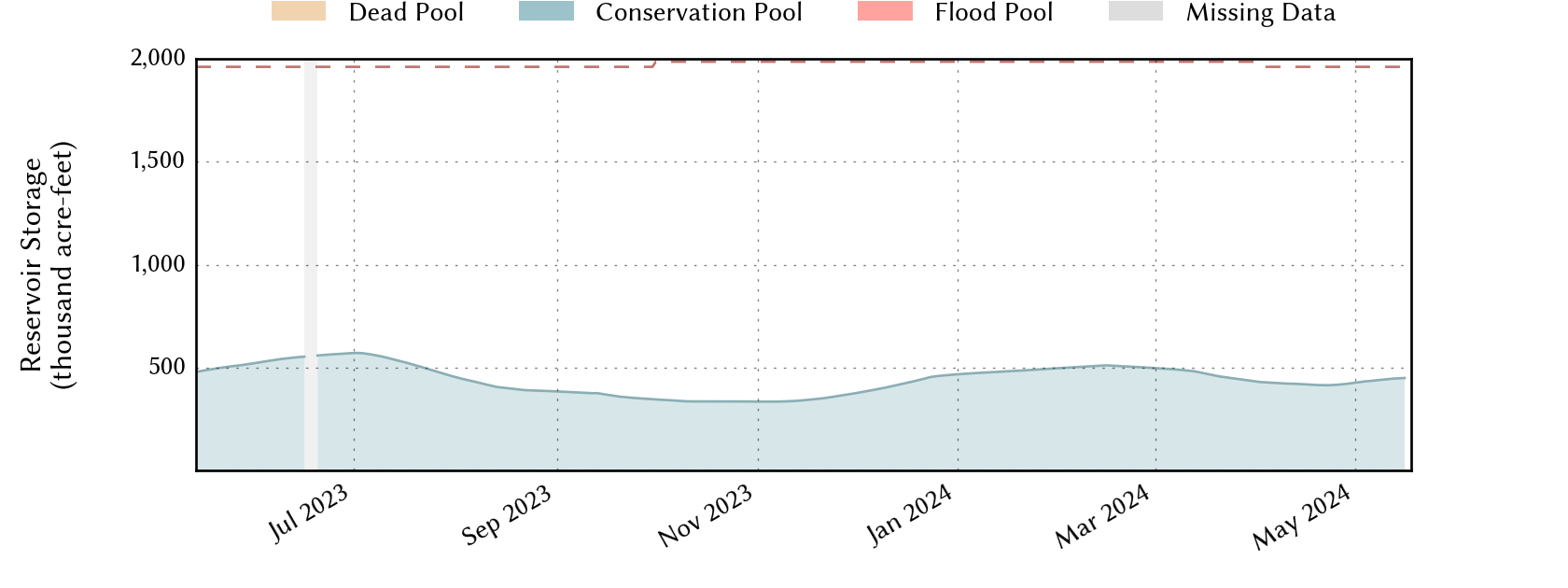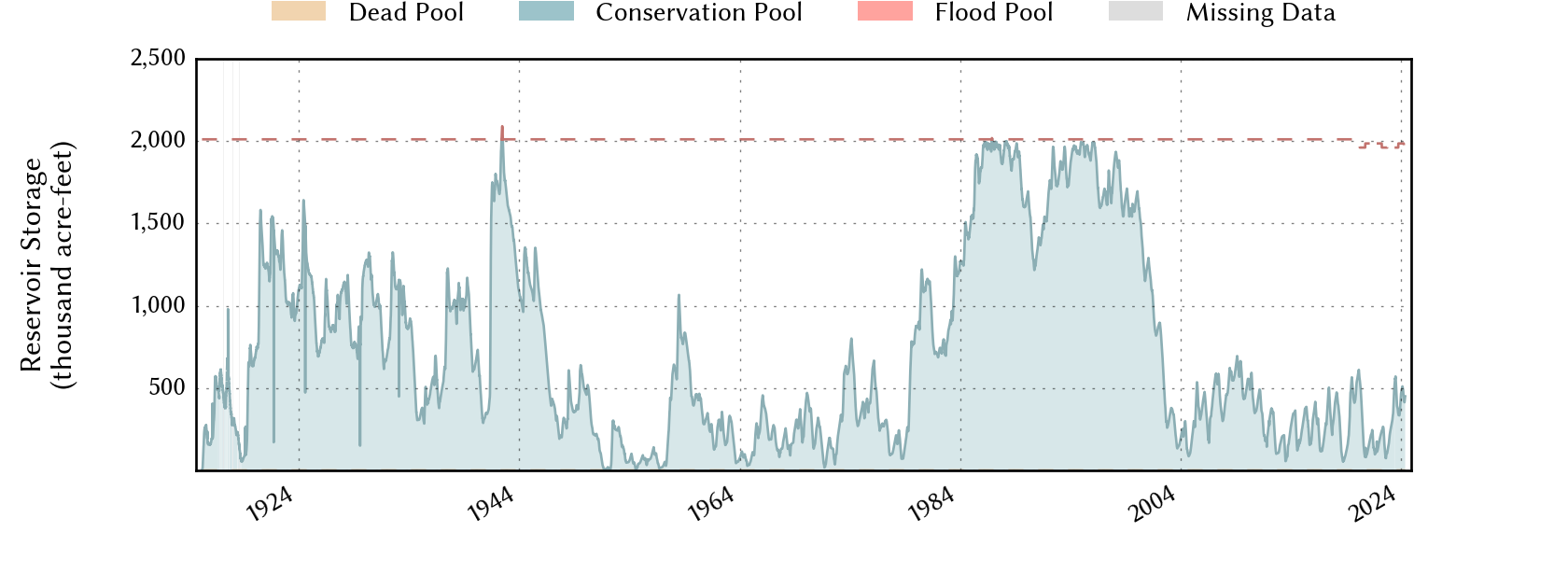New Mexico water: is there really a correlation with climate change?
Nothing symbolizes water in New Mexico like Elephant Butte lake. With a relatively wet May and June, I got to thinking both about the Butte and whether its water levels had rebounded much and I also was contemplating the supposed connection between climate change and the recent drought we experienced in New Mexico.
This is the kind of thing I think about sometimes when I’m out walking by the Rio Grande and see it so full and running as strong as it was recently.
So, I went online to find out how much Elephant Butte Lake had rebounded with the recent, relatively wet spring and early summer. The answer is available at this website, but is summed up in the chart below and the answer is that the lake has rebounded a little, but not much:

The really fascinating thing is to look back at historical Lake levels which have fluctuated dramatically over the years. As seen below, the Lake was quite full all the way from about 1980-2004. It is currently at a far lower level (18.6% full to be exact), but this is by no means a historically-low level even going back to the early 1920s.

What does this all mean? To me it seems to indicate that while droughts will happen — we live in a desert after all — using Elephant Butte Lake as a proxy for water supplies in New Mexico, it would seem that there is not a great correlation between climate change/global warming and water. I am not a scientist. If Elephant Butte Lake (which is of course managed) is not a reasonable proxy for water supplies in New Mexico, I’d be happy to know. The lake does receive water from a majority of New Mexico’s land area as seen below:


![IMG_0928[1]](http://riograndefoundation.org/errorsofenchantment.com/wp-content/uploads/2015/06/IMG_09281-300x225.jpg)